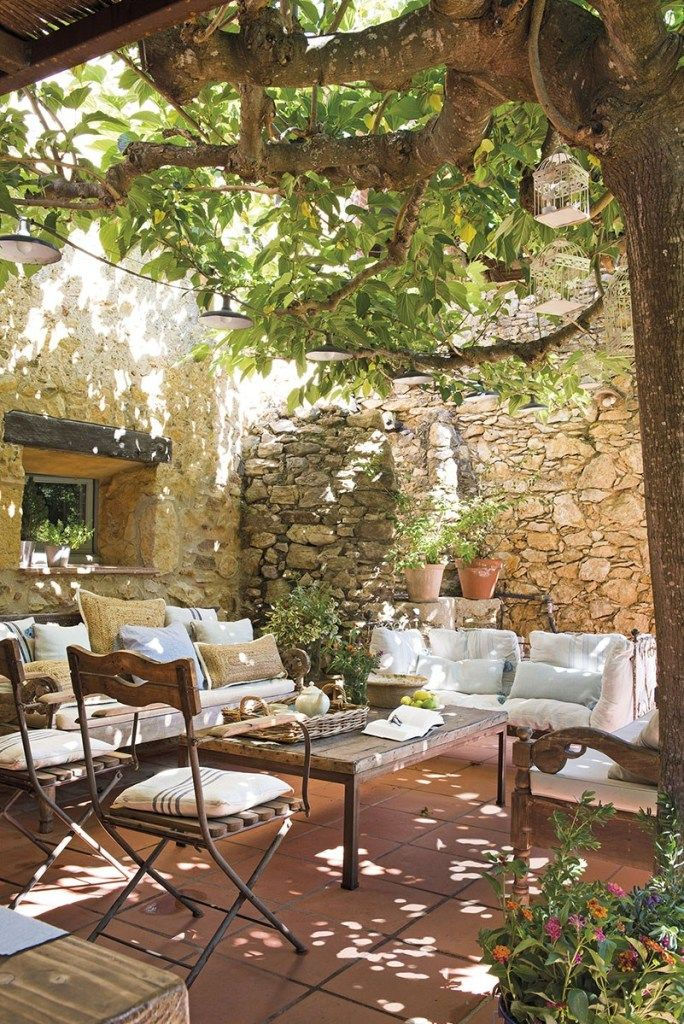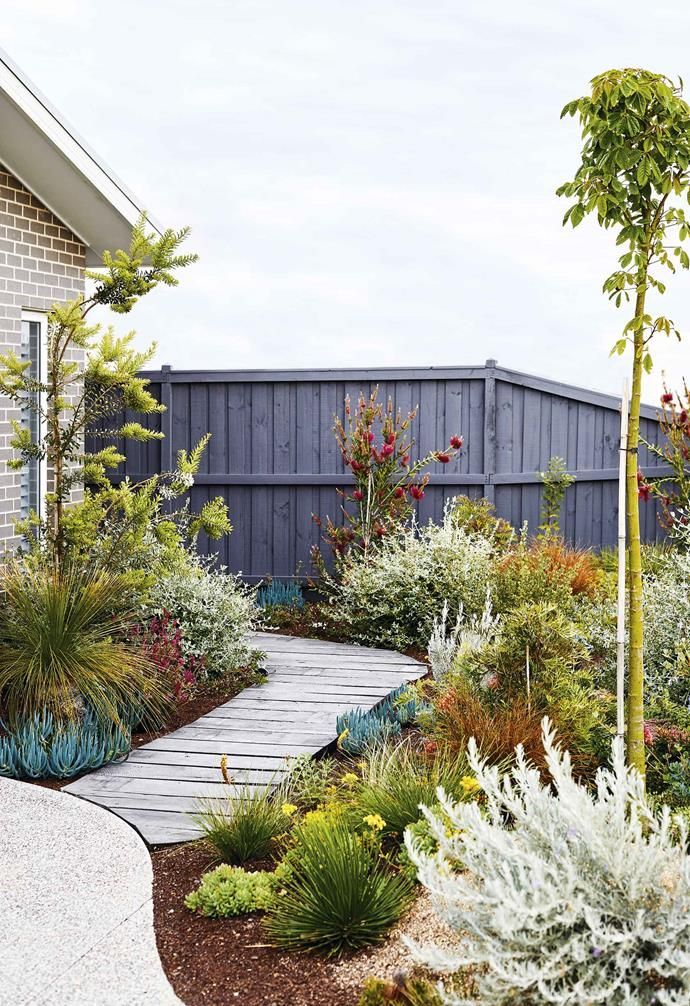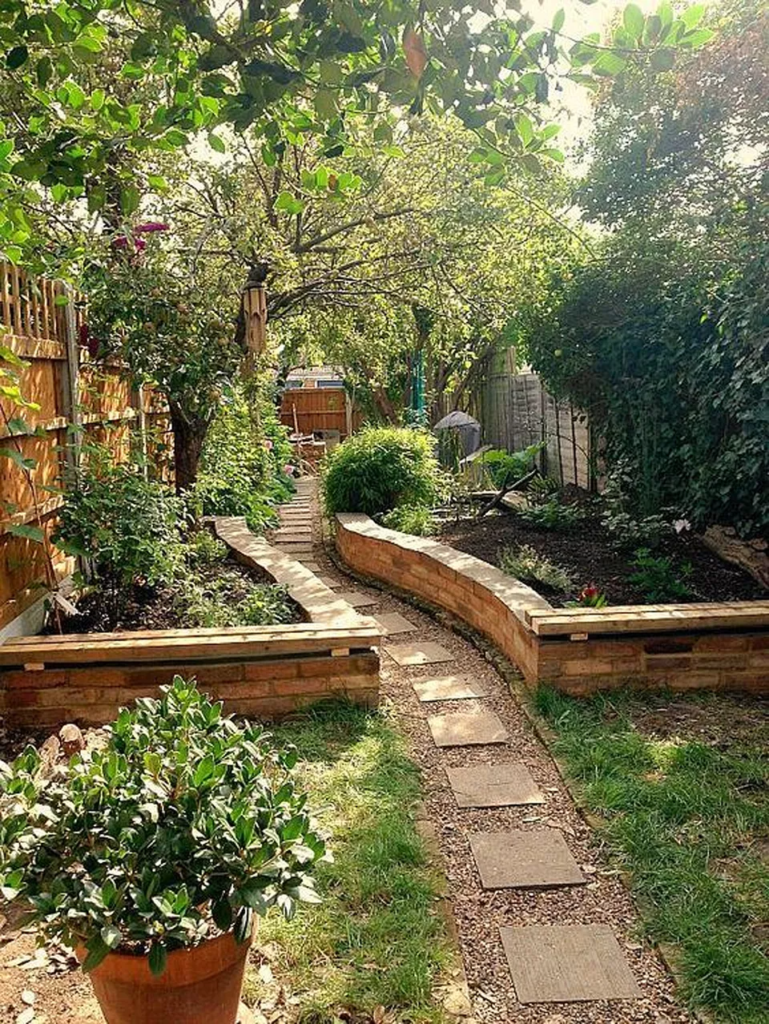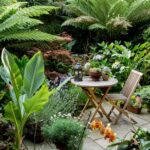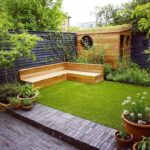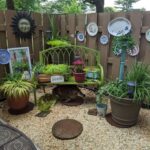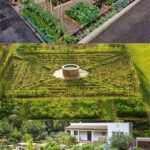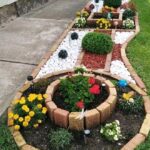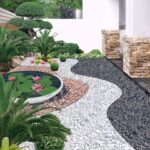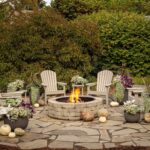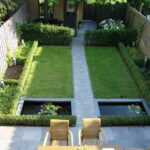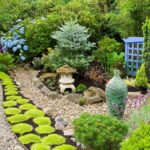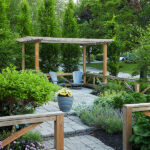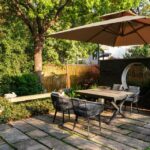One popular trend in garden design is creating a sustainable garden. Using environmentally friendly practices such as composting, rainwater harvesting, and planting native species can help reduce the impact on the environment while creating a beautiful and healthy garden. Replacing traditional lawns with drought-tolerant plants and installing permeable paving can also help conserve water and reduce runoff.
Another trend in garden design is creating outdoor living spaces. Incorporating features such as patios, pergolas, and fire pits can transform a garden into a functional and inviting space for entertaining and relaxing. Adding outdoor lighting, comfortable seating, and planters filled with colorful flowers can further enhance the ambiance of an outdoor living area.
Vertical gardening has also become a popular design idea for small spaces. Utilizing walls, fences, or trellises to grow plants vertically can maximize space while adding visual interest and texture to a garden. Vertical gardens can be created using a variety of plants, from herbs and vegetables to succulents and ornamental plants, making them a versatile and creative option for gardeners.
Mixing different textures, colors, and heights in plantings is another design idea that can create visual interest in a garden. Combining plants with varied leaf shapes and sizes, along with flowers in complementary colors, can add dimension and depth to a garden bed. Incorporating plants with different heights, such as tall grasses, shrubs, and trees, can create a sense of scale and structure in a garden design.
Creating a focal point in the garden is another design idea that can enhance the overall look and feel of a space. Focal points can be created using features such as sculptures, water features, or unique plants that draw the eye and create a sense of balance in the garden. Placing a focal point at the end of a garden path or in a central location can help anchor the design and create a sense of cohesion in the space.
Incorporating a variety of elements such as paths, seating areas, and containers can add functionality and interest to a garden design. Pathways made of materials such as gravel, flagstone, or wood can lead visitors through the garden and create structure and flow. Adding seating areas, whether built-in benches, chairs, or hammocks, can provide spaces for relaxation and enjoyment. Container gardens filled with a mix of annuals, perennials, and shrubs can add color and versatility to a garden design, allowing for easy changes and updates throughout the seasons.
